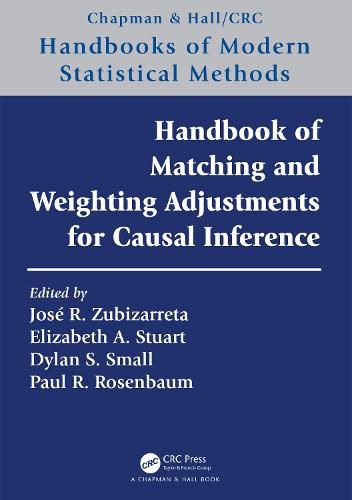Readings Newsletter
Become a Readings Member to make your shopping experience even easier.
Sign in or sign up for free!
You’re not far away from qualifying for FREE standard shipping within Australia
You’ve qualified for FREE standard shipping within Australia
The cart is loading…






An observational study infers the effects caused by a treatment, policy, program, intervention, or exposure in a context in which randomized experimentation is unethical or impractical. One task in an observational study is to adjust for visible pretreatment differences between the treated and control groups. Multivariate matching and weighting are two modern forms of adjustment. This handbook provides a comprehensive survey of the most recent methods of adjustment by matching, weighting, machine learning and their combinations. Three additional chapters introduce the steps from association to causation that follow after adjustments are complete.
When used alone, matching and weighting do not use outcome information, so they are part of the design of an observational study. When used in conjunction with models for the outcome, matching and weighting may enhance the robustness of model-based adjustments. The book is for researchers in medicine, economics, public health, psychology, epidemiology, public program evaluation, and statistics who examine evidence of the effects on human beings of treatments, policies or exposures.
$9.00 standard shipping within Australia
FREE standard shipping within Australia for orders over $100.00
Express & International shipping calculated at checkout
An observational study infers the effects caused by a treatment, policy, program, intervention, or exposure in a context in which randomized experimentation is unethical or impractical. One task in an observational study is to adjust for visible pretreatment differences between the treated and control groups. Multivariate matching and weighting are two modern forms of adjustment. This handbook provides a comprehensive survey of the most recent methods of adjustment by matching, weighting, machine learning and their combinations. Three additional chapters introduce the steps from association to causation that follow after adjustments are complete.
When used alone, matching and weighting do not use outcome information, so they are part of the design of an observational study. When used in conjunction with models for the outcome, matching and weighting may enhance the robustness of model-based adjustments. The book is for researchers in medicine, economics, public health, psychology, epidemiology, public program evaluation, and statistics who examine evidence of the effects on human beings of treatments, policies or exposures.